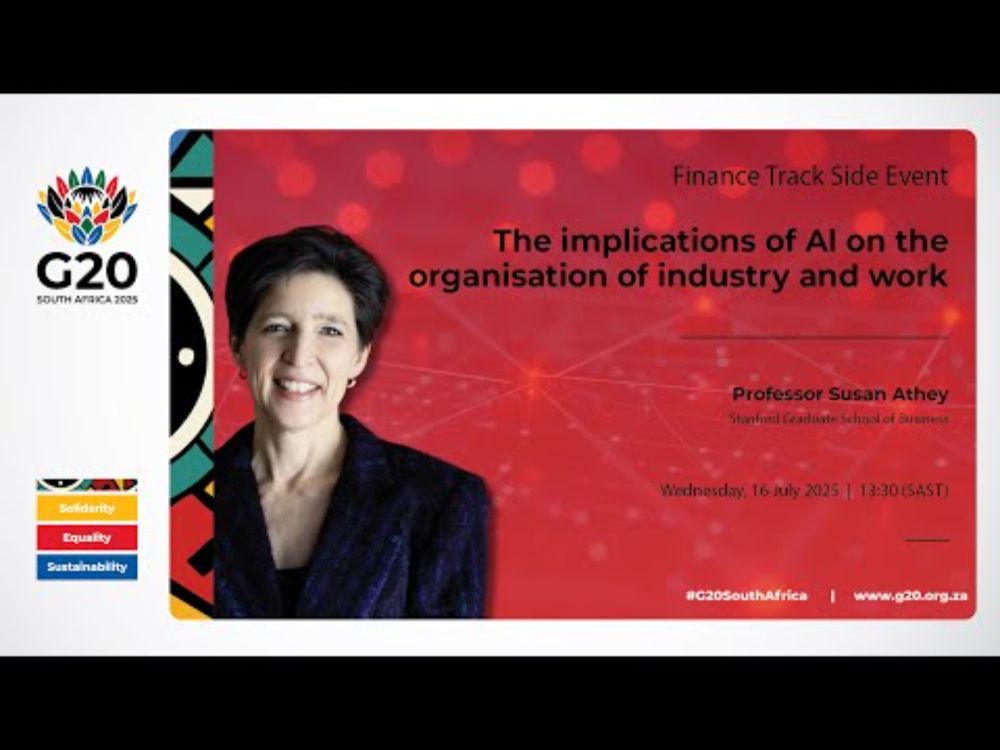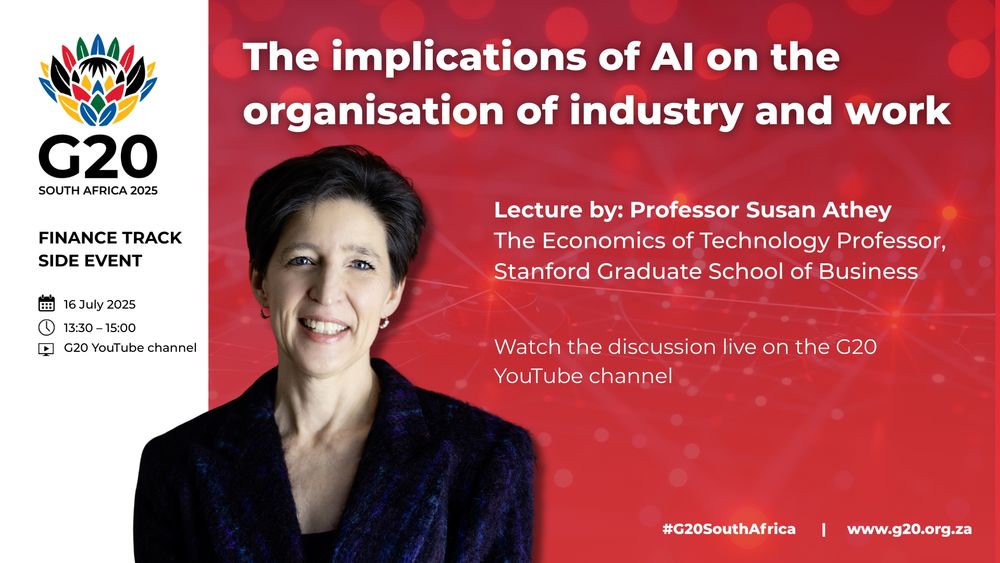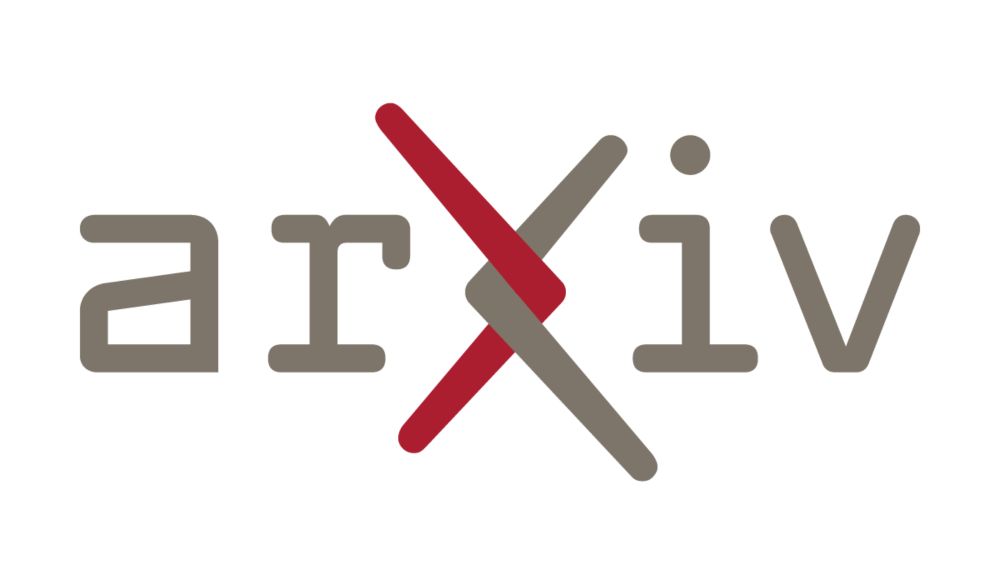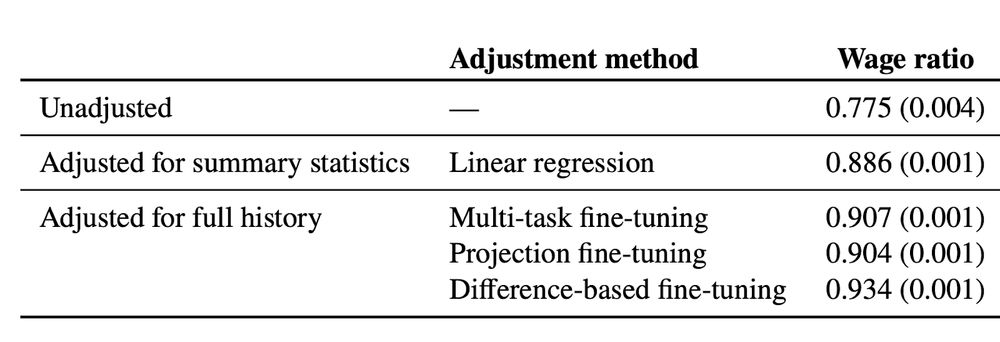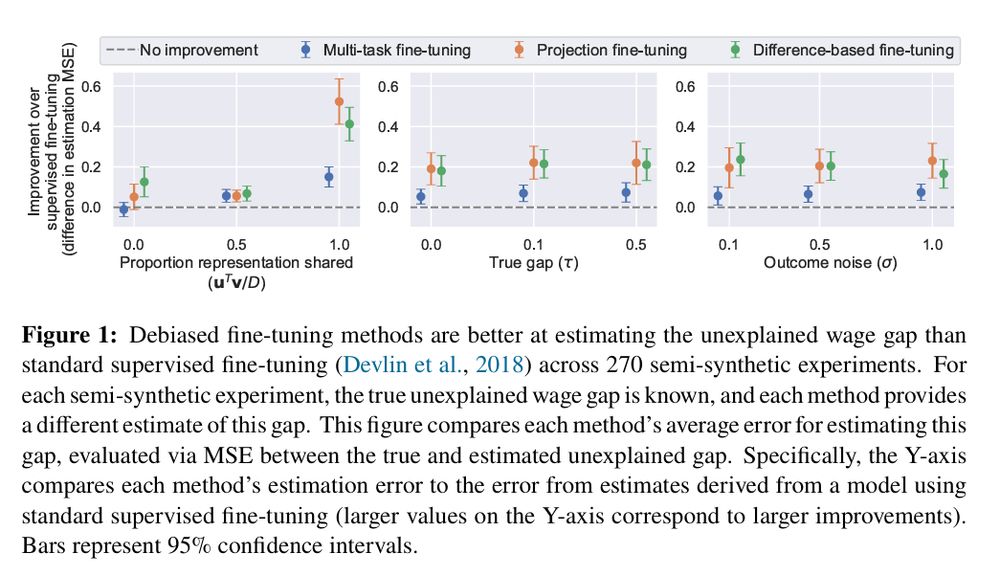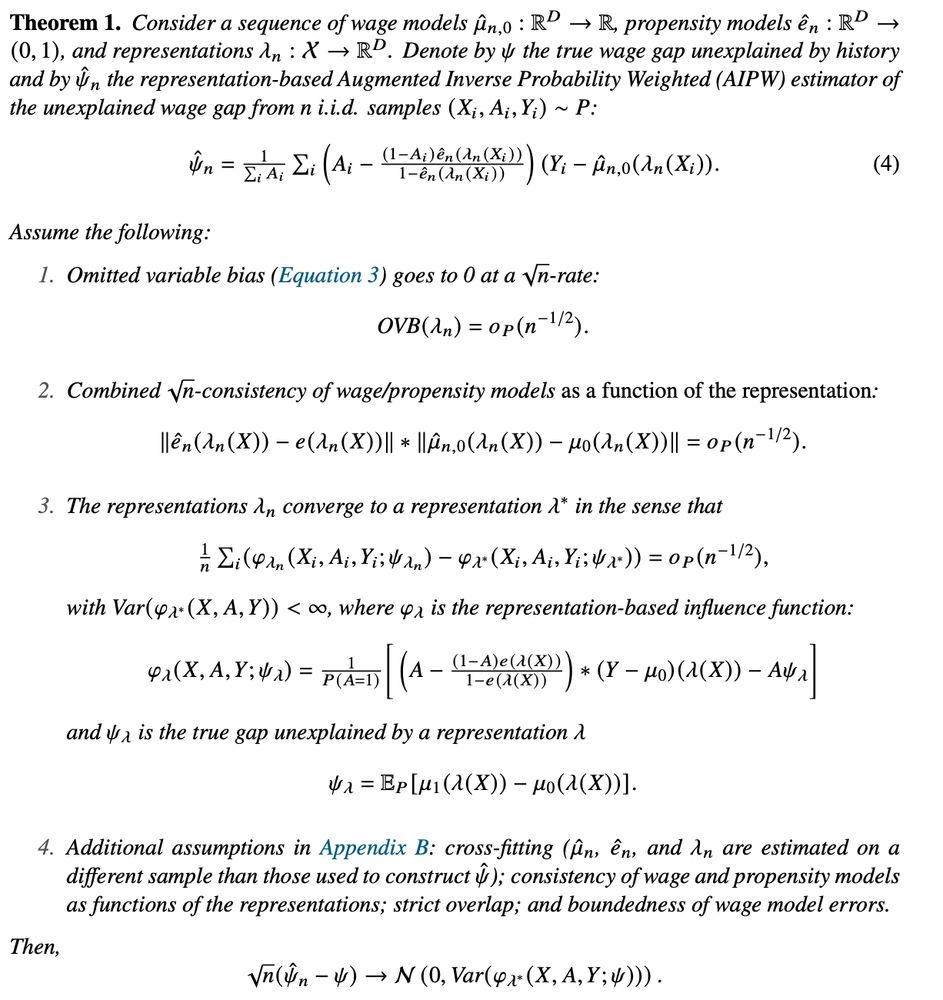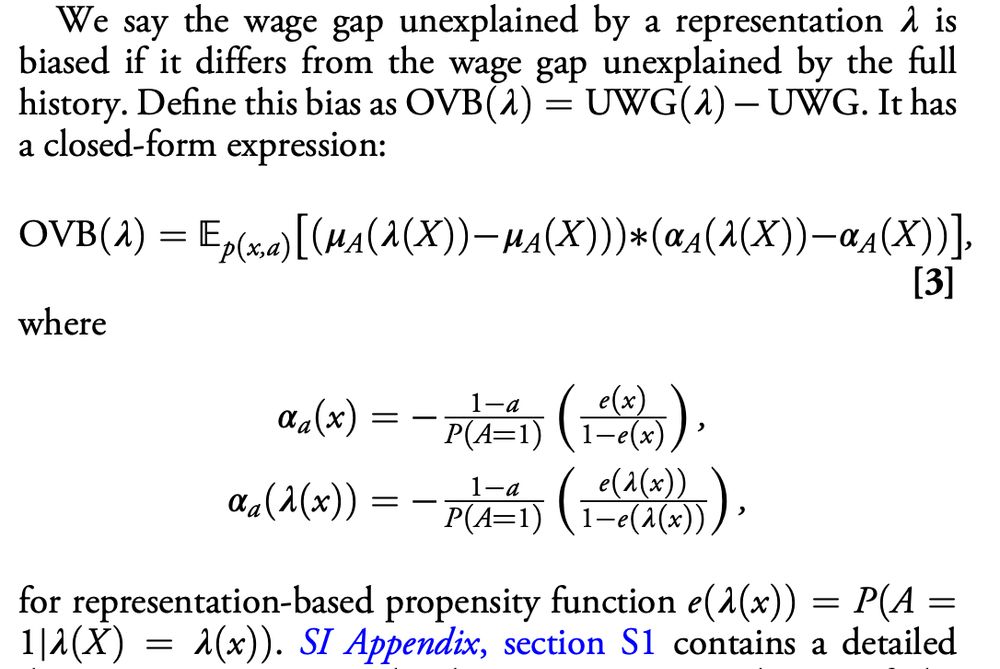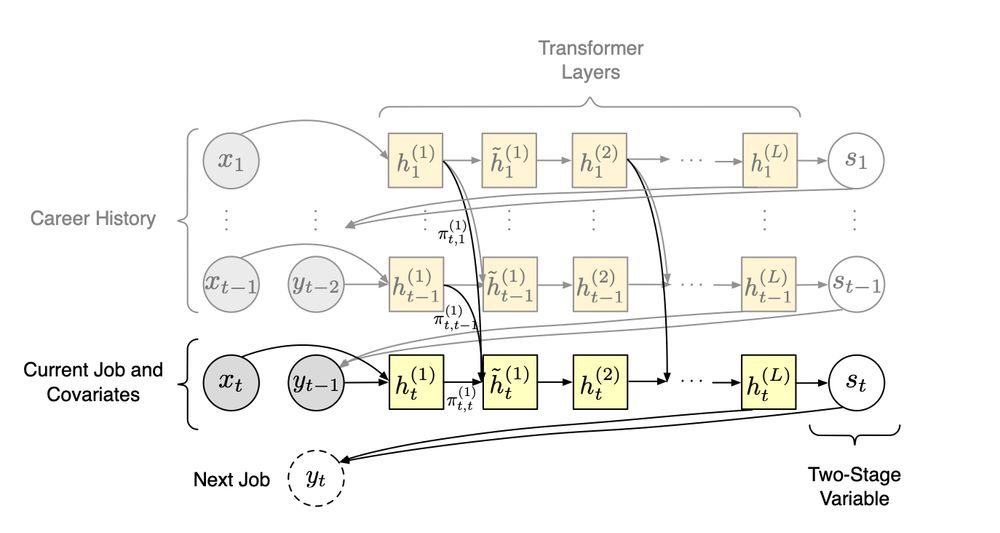Golub Capital Social Impact Lab
@gsbsilab.bsky.social
35 followers
16 following
50 posts
Led by @susanathey.bsky.social, the Golub Capital Social Impact Lab at the Stanford University Graduate School of Business uses digital technology and social science to improve the effectiveness of social sector organizations.
Posts
Media
Videos
Starter Packs





